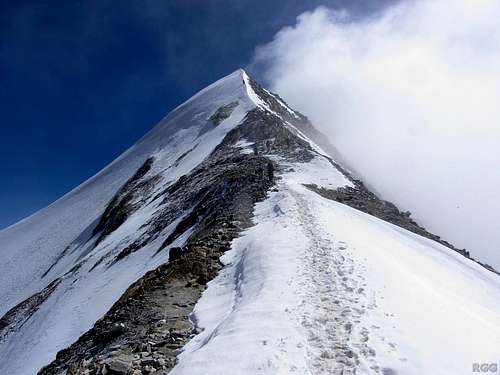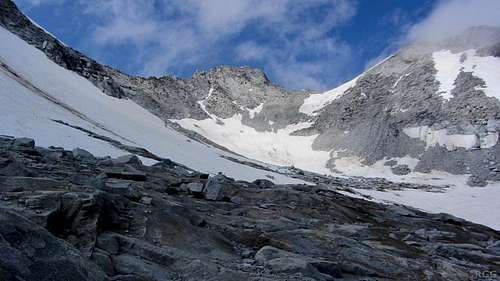Silvia Mazzani - Mar 18, 2015 12:34 pm - Voted 10/10
South Tyrol place-namesHi Rob, often at the end of the wars for someone things do not change for the better. It's the case of South Tyrol or Alto Adige, as you like. At the end of World War I with the defeat of the Austro-Hungarians, the South Tyrol found itself unwillingly to belong to Italy, despite not having anything Italian. No one has yet been able to remedy this unpleasant fact. Although the region enjoys a very wide autonomy, a century has passed and the inhabitants carry on to belong unwillingly to Italy... Unfortunately all the world is full of cases like this! As for the name of the mountains of South Tyrol, I think the best thing is to use both names, the original name and the Italian one. The use of the double name to identify place names in South Tyrol is also important to facilitate the numerous climbers speaking italian who attend these mountains.
Moreover, don't you think that the double name adds a great charm to these beautiful mountains?
Ciao and cheers, Silvia
rgg - Mar 19, 2015 1:57 am - Hasn't voted
Re: South Tyrol place-namesHi Silvia,
Not surprisingly, this part of the history of the Alps wasn't taught in school in the Netherlands. Most of what I learned about it was from visiting and from the internet.
Based on what I learned on my visits, by reading the local papers and talking to the locals, I got the distinct impression that if there were a referendum among the inhabitants of South Tyrol about becoming an independent country, it could go either way. In fact, I believe that the majority would like to separate from Italy, and only the uncertainty that that would bring might make people vote against it. Fortunately the whole debate is a peaceful one these days. And it's not like the people in South Tyrol have a problem with the people from the rest of Italy: the main problem they have is with politicians and administrators that try to rule them from Rome. Which, when you think about it, isn't all that different for people from other parts of the country!
As for the names, I'll follow your suggestion and use both of them.
Ciao, Rob







Comments
Post a Comment